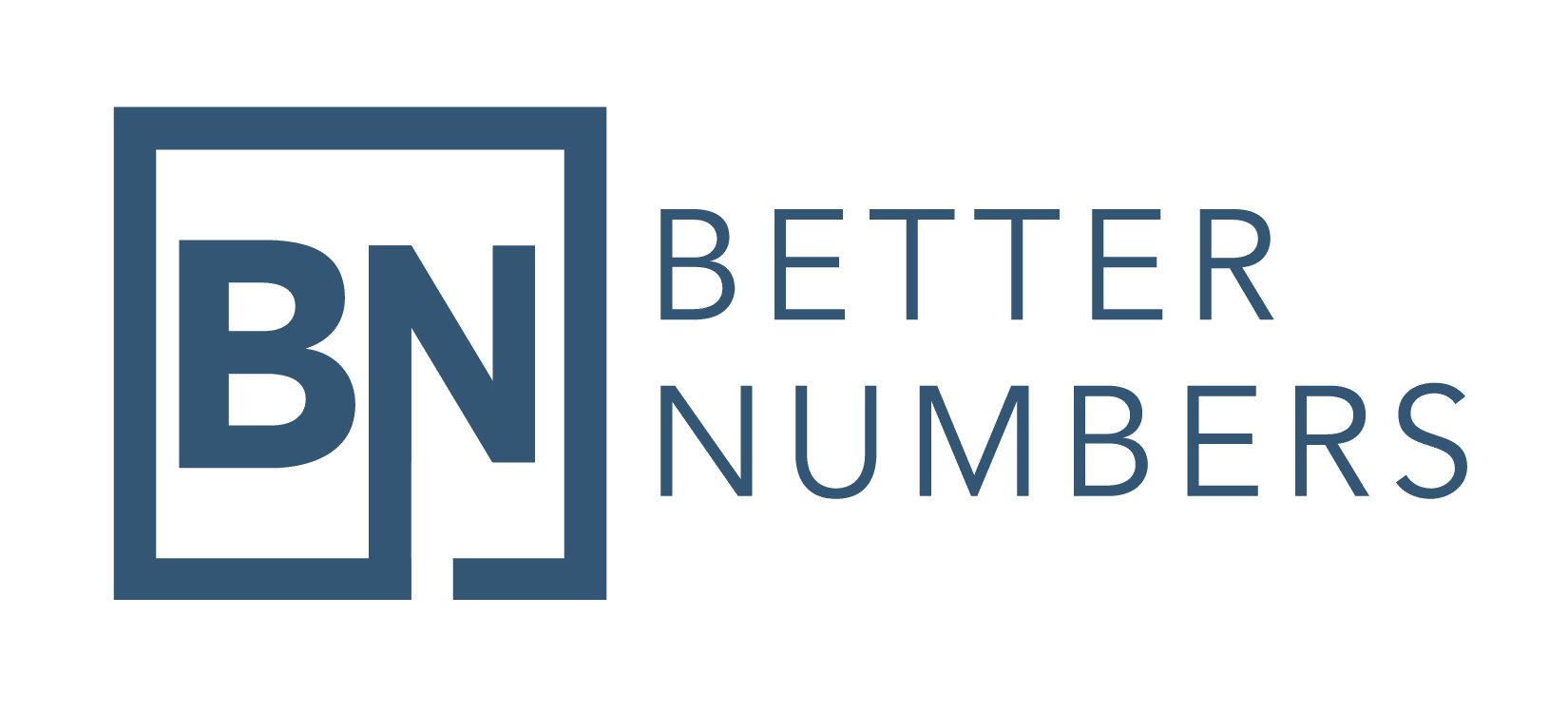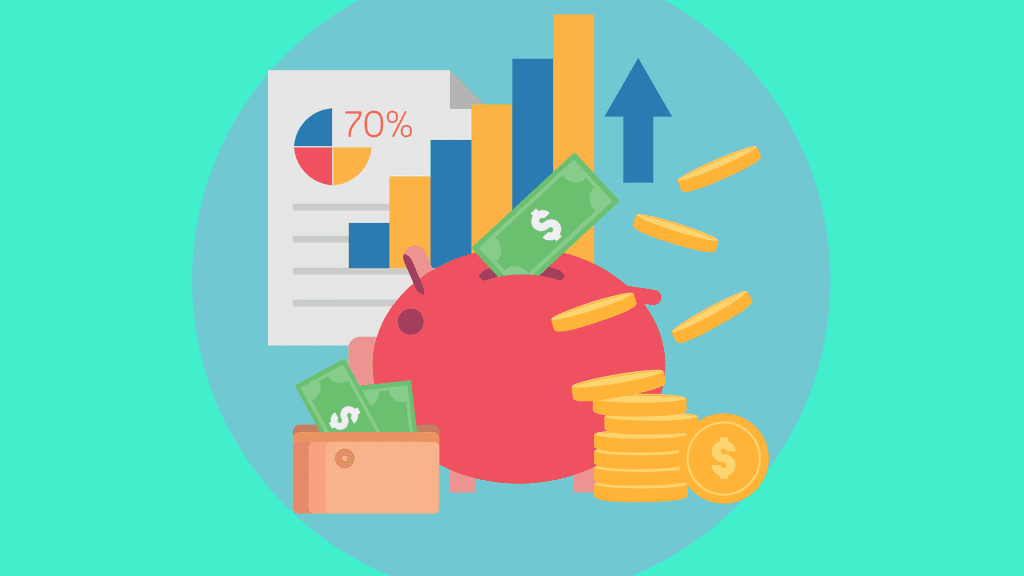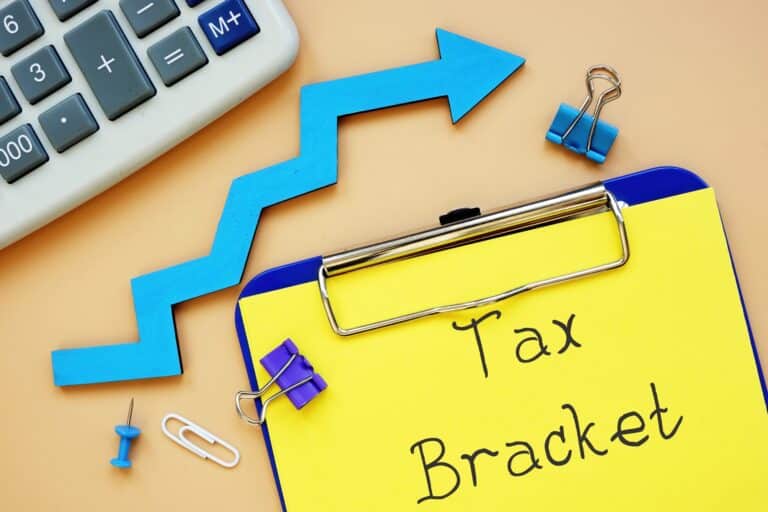The marketing agency clients I work with, generally, are all after the same things:
- Higher profitability,
- Financial stability, and
- Scalability
Marketing agencies need to focus on one particular area: to better manage their working capital. Maximizing the management of working capital in your agency speaks to the Second Pillar of Business Strategy: Financial Strategy.
What is working capital? How do you measure it? Why do you need it? And how can you improve it? Read on.
What is working capital?
The term working capital refers to a measure of a company’s liquidity, operational efficiency and its short-term financial health. The keywords are “short-term” and “financial health.” A good definition comes from Investopedia:
Working capital is a measure of a company’s liquidity, operational efficiency and its short-term financial health. If a company has substantial working capital, then it should have the potential to invest and grow. If a company’s current assets do not exceed its current liabilities, then it may have trouble growing or paying back creditors, or even go bankrupt.

How do you calculate working capital?
Working Capital = Current Assets – Current Liabilities
Current Assets
The formula for working capital is current assets minus current liabilities. Examples include:
- Cash,
- Marketable Securities (e.g. – investments you can convert to cash quickly),
- Accounts Receivable (AR, money your clients owe you),
- Prepaid Expenses (e.g. – the Hubspot subscription you paid for in advance is an asset on the balance sheet until used, it’s expensed over time), and
- Inventory
If you own a marketing agency, inventory is not a consideration because you’re a service-based business. This means marketing firms generally do not have inventory. In a nutshell, a current asset is anything that’s expected to be converted to cash in less than one year.
Current Liabilities
On the other side of the equation is current liabilities:
- Accounts Payable: Money you owe to vendors, contractors or influencers.
- Taxes Payable: What you pay the government
- Payroll Payable: Money you owe your employees if you’re between pay days
- Accrued Expenses: Receive services but haven’t been billed for them yet
- Deferred Revenue: The exact opposite of accounts receivable; and
- Credit Card Payments due
It’s important to note that current liabilities are amounts or actions that are going to be due within a year.
Actions? Yes, actions.
This speaks to deferred revenue. This is considered a liability on the balance sheet for products or services for which you were paid but have not yet delivered. Products and services cost money to deliver. If you’ve been paid to deliver, you’d better do so.
Here’s a great example of deferred revenue for a marketing agency: A client who pays you upfront for purchasing advertisements in publications or TV. In this scenario, they pay you on the 1st of every month for that month’s media spend. You now have to run that media, pay for the media (potentially) and complete the creative for that media (potentially). You’ve been paid and you have to deliver. This situation creates a liability on the balance sheet, called deferred revenue. It has an effect on working capital.
I know this section was heavy on accounting terminology. This blog post should help.
Another way to measure working capital
There are two ways to measure working capital
- Nominally: As outlined above, the formula is current assets minus current liabilities, which results in a dollar value. We want working capital to be positive, obviously.
- As a ratio: Current assets divided by current liabilities, which will provide a percentage.
The agencies I work with generally have a staff between 1 and 10 people. According to research by Ibis, 77.8% of all agencies are between 1 and 9 people. Generally, marketing agencies are smaller businesses with upwards of around $2 million in revenue.
In this industry, it makes more sense to show working capital as a nominal measure because it’s easier for agencies owners to understand the context. Typically, agency owners will process, “Your working capital is negative $10,000” faster than they will process, “Your working capital ratio is 90%.”
Why? Context. Everybody understands cash.
What does ‘good’ working capital look like?
Great question.
Benchmarking data for working capital is difficult to come by. Working Capital Efficiency is a common ratio in the marketing agency world. With this ratio, working capital is an input that is calculated as follows:
Working Capital Efficiency = Working Capital / Gross Revenue
According to research by First Research, a ratio between 0.10 and 0.11 is considered average for marketing agencies of all sizes. With this ratio, a lower number is better. Smaller agencies (determined by gross revenue) tend to lean toward the lower end. It’s easier for smaller agencies to be more efficient.
Why does a marketing agency need working capital?
Most importantly, marketing agencies need liquidity and financial health.
If working capital is negative, this means there are more liabilities than assets. In other words, you don’t currently have the resources to satisfy your commitments.
This is a problem because those commitments will come due at some point. When this happens, you’re going to need to go find sufficient working capital if you don’t have any. In this situation, business owners are typically looking for working capital during the least opportune time. Finding working capital under these circumstances will come with great expense and aggravation.
However, if working capital is positive, you have a little leeway. The appropriate amount of working capital will allow you to comfortably scale your agency.
If your working capital is positive, then you can start thinking about:
- Hiring a new media manager;
- Making investments in efficiency initiatives, such as HubSpot Marketing Pro, or
- Investing in research and development initiatives..
Finally, liquidity and financial health mean you are ensuring you can stay in business. Watch some of my videos on the Wayfinder and the “4 Pillars of Business Strategy,” to learn more about how managing working capital efficiently should be part of a business’ financial strategy.

How can a marketing agency improve working capital?
How do you get working capital?
First, increase sales. But this only makes sense if revenue falls to the bottom line, turning into cash. For instance, if you have $1 of revenue but the expenses to generate revenue are $1, then nothing will fall to the bottom line. Your cash impact will likely be zero.
The goal is to increase the sales while keeping the margin steady and/or increasing it. Then, you need to turn it into cash — pushing it into the accounts receivable process. Marketing agencies need the accounts receivable or collection process to be fast and efficient. If you have old receivables, they’re probably not your money anymore.
Secondly, borrow long — not short — and only for a certain benefit. This refers to long-term loans that mature in more than one year and for certain benefits. If you borrow money, you need to ensure you can turn that capital into revenue and cash.
When revisiting the working capital equation, we do not increase the right side of the equation by borrowing long. In other words, we don’t increase the current liability side, because it’s a long-term liability.
However, we do increase the left side of the equation. This side represents current assets, because we receive cash when we take out a loan. If you increase current assets and not increase current liabilities, you have increased the amount of working capital.
Make sure that there’s a certain benefit: At some point, long-term payables turn into a short-term payables. Will you be able to pay the loan back?
Putting a bow on it…
Working capital is an important financial metric to track on a consistent basis. You should know where you are. You should make sure that it’s positive.
Working capital will allow you to scale. If you know what your working capital position is, you can:
- Calculate how much working capital you need,
- Estimate how much working capital is appropriate, and
- Effectively manage working capital going forward
For a more in-depth conversation of working capital and how it applies to your marketing agency, check out this YouTube video.
For other ideas on how to measure the financial health of your marketing agency, check out this YouTube video:
When you’re ready, here are four ways we can help you grow:
- Subscribe to “Accounting for Marketing” e-newsletter covering your industry’s latest headlines
- Join our growing Facebook group of marketing professionals
- Download “Scaling the Data-Driven Agency” e-book
- Let’s work together! Let’s start a conversation to see if we’re a good fit.




